
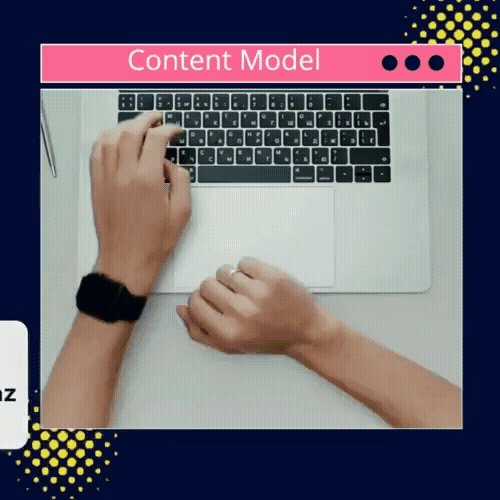

Leemi Gooz Tershun Koyaaz
Duckstairs Events Global Follows, Leemi Gooz Tershun Koyaaz Content Model, Developed By Maimoona Iram, Base of this Content Model is Human Cognitive Approaches. According to this Content Model Human beings are one whole, the Biggest Asset of this Universe is Knowledge. Purpose of Life is Achievement of virtues, The Language of Universe is Number and Frequencies. The number of this cognitive model is Nine. The Spiritual Portal of this Model is 11:11. The symbol of this content model is Pen. Slogan of this Content Model is : Discovery of Universe. Research And Discoveries are human Target. This Content Model is base of Fourth Revolution of Vision.
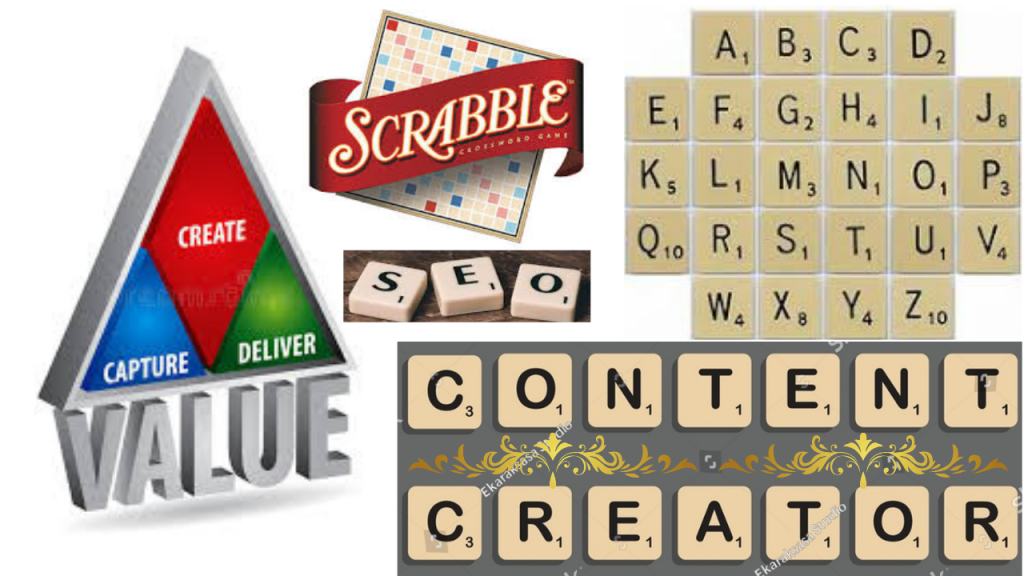
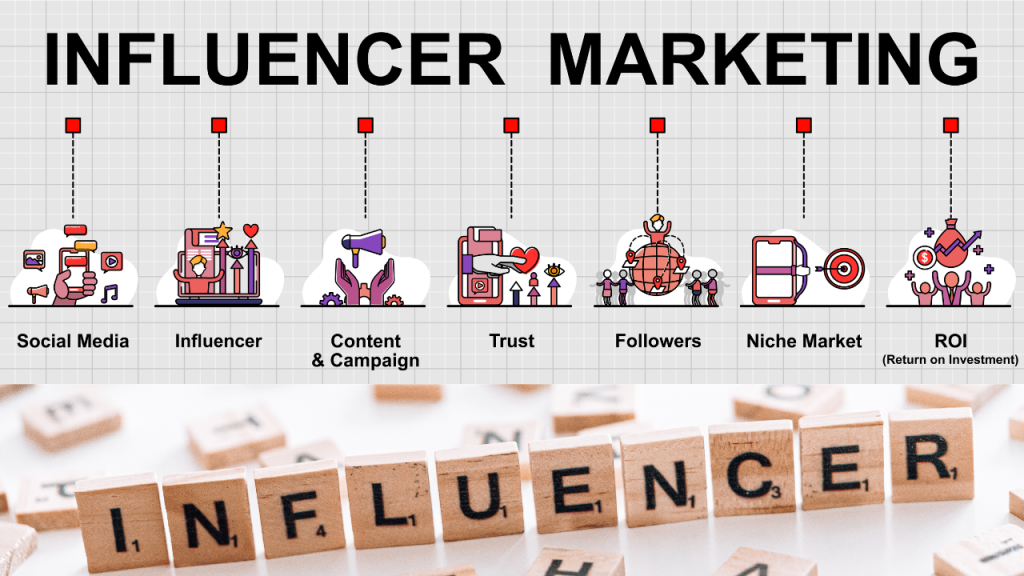
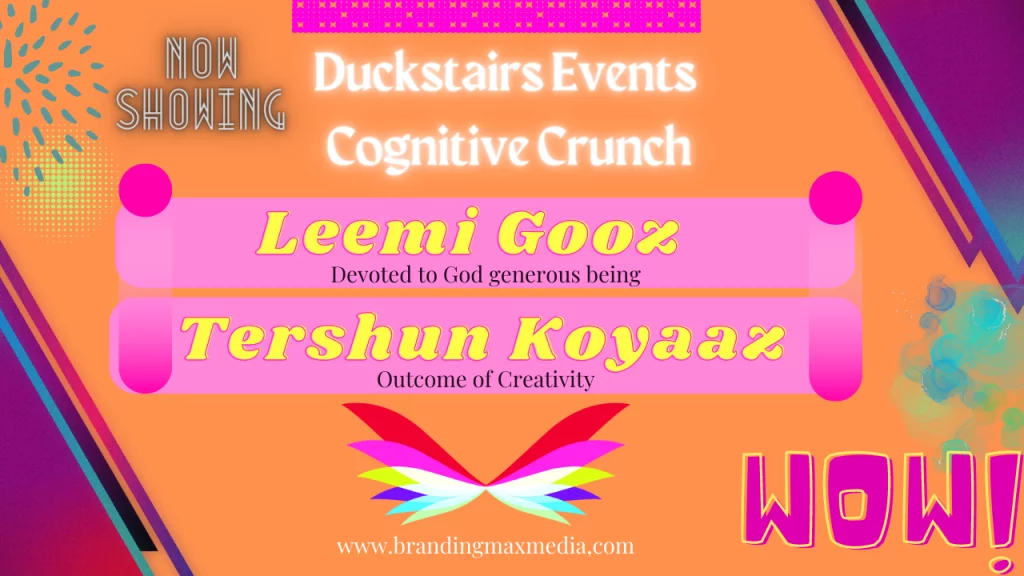
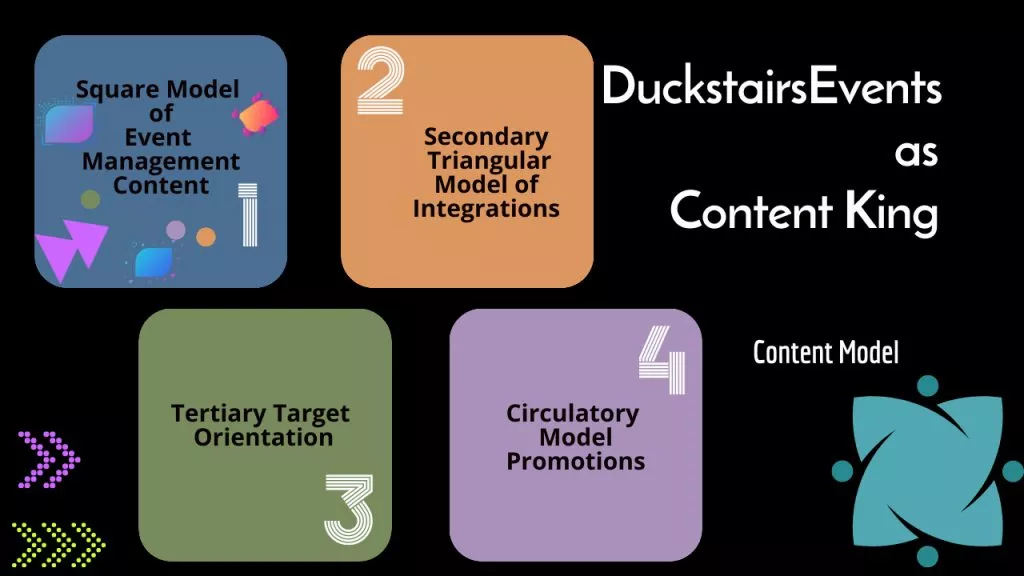

Units of Content Model
Three Units of Content.
1- Basic Organisation of Content:
Square Model
(Formation of Organisational Approaches)
2- Secondary Functional Content:
Triangular Model
Integrations
(Tertiary Target Orientation)
3- Highly Rich with Cognitive Clusters.
Circulatory Model
Promotions
(Circulatory Target Achievements)

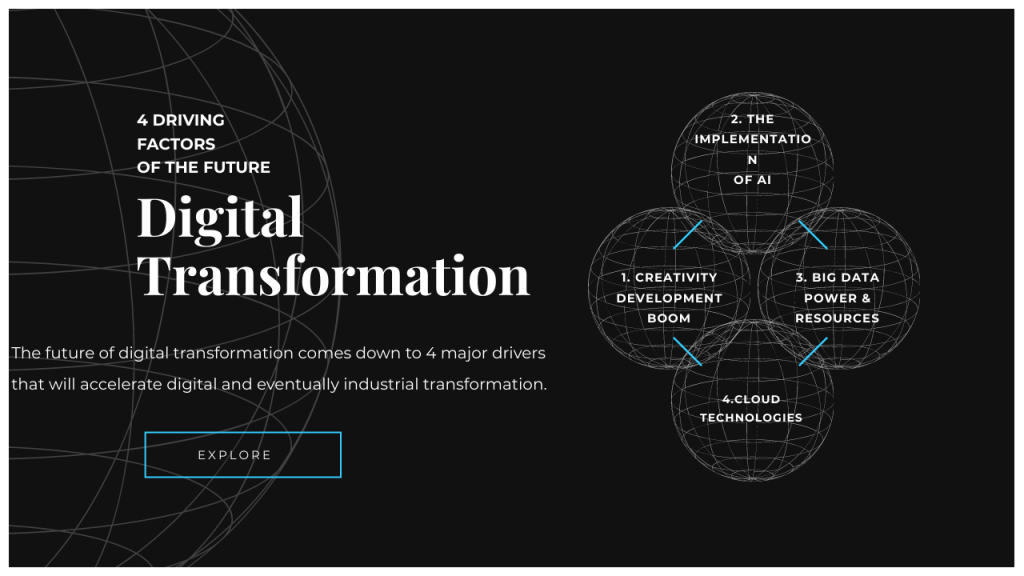
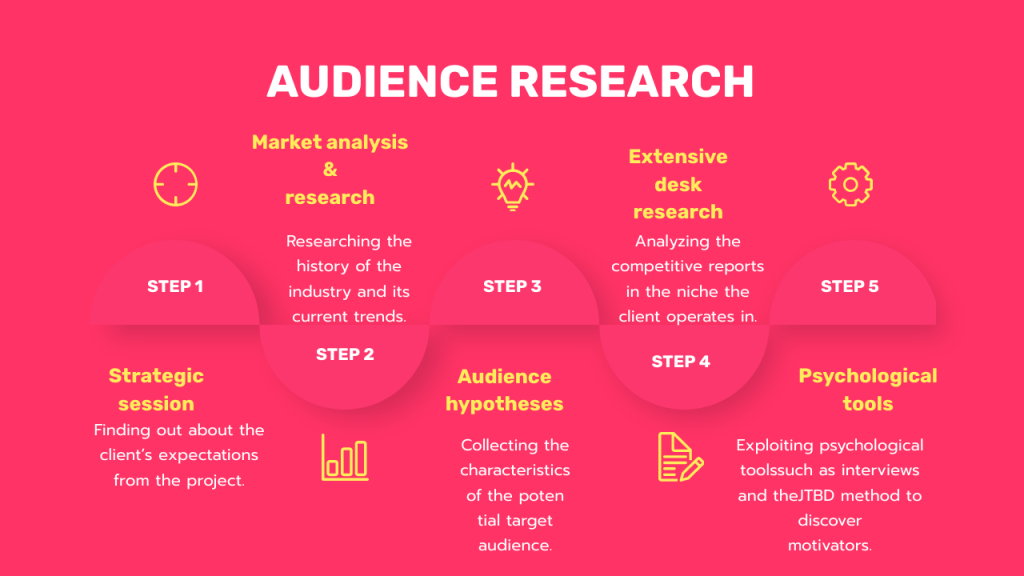
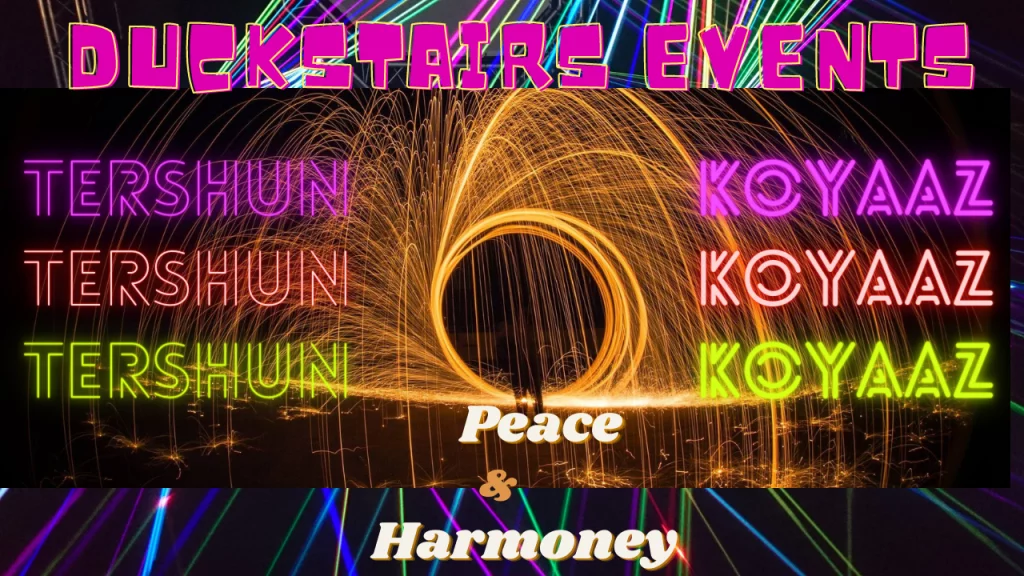
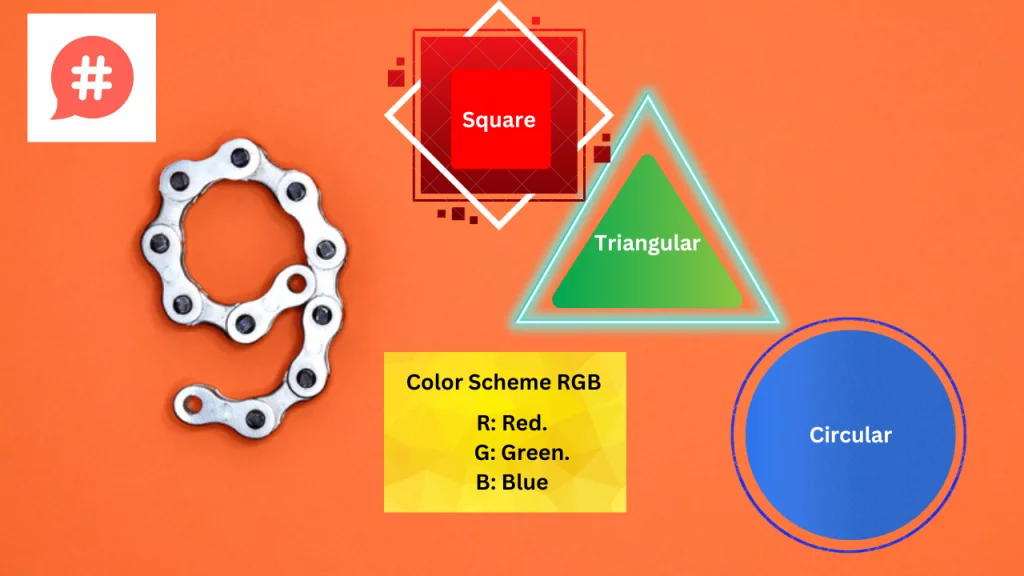
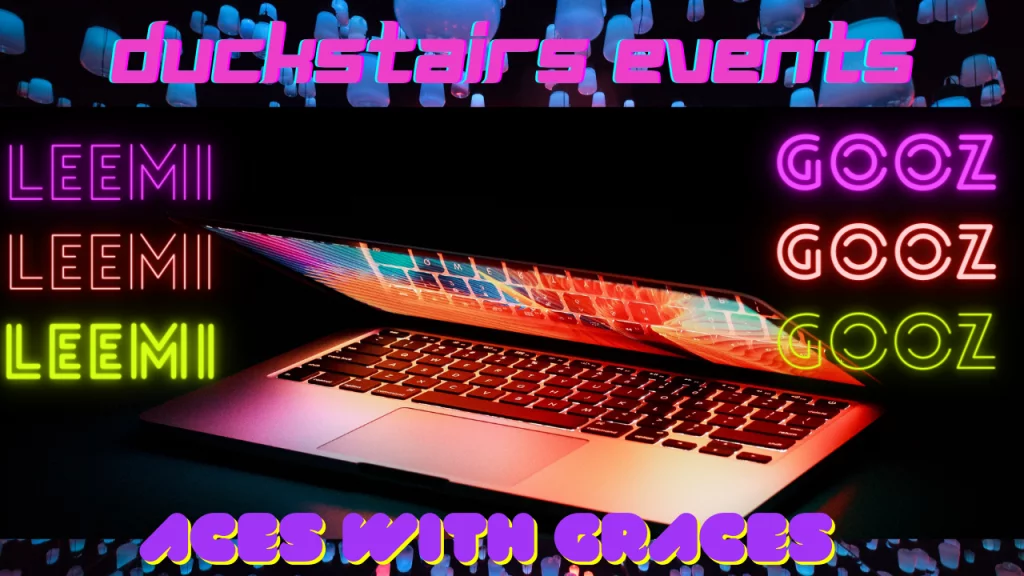
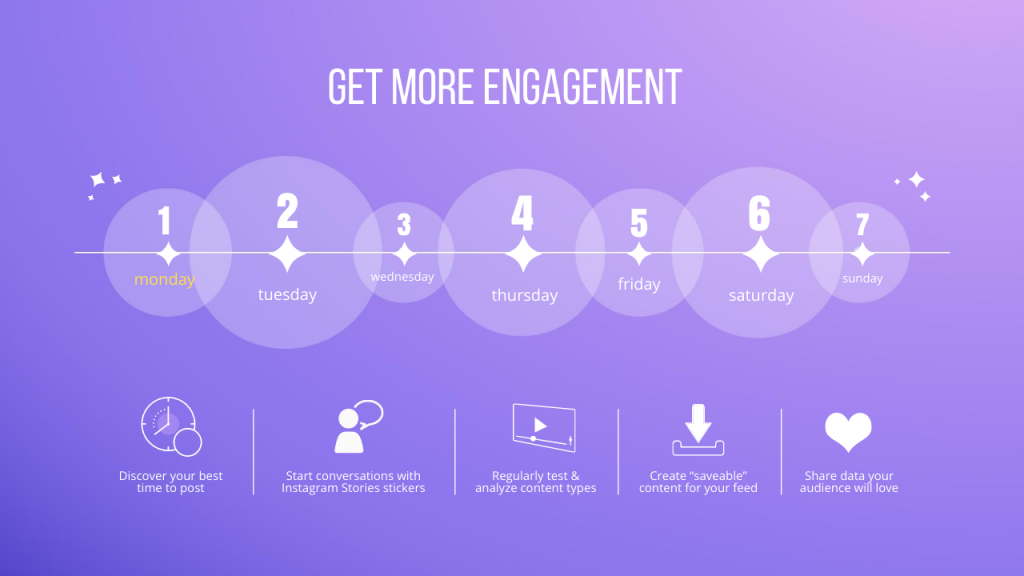
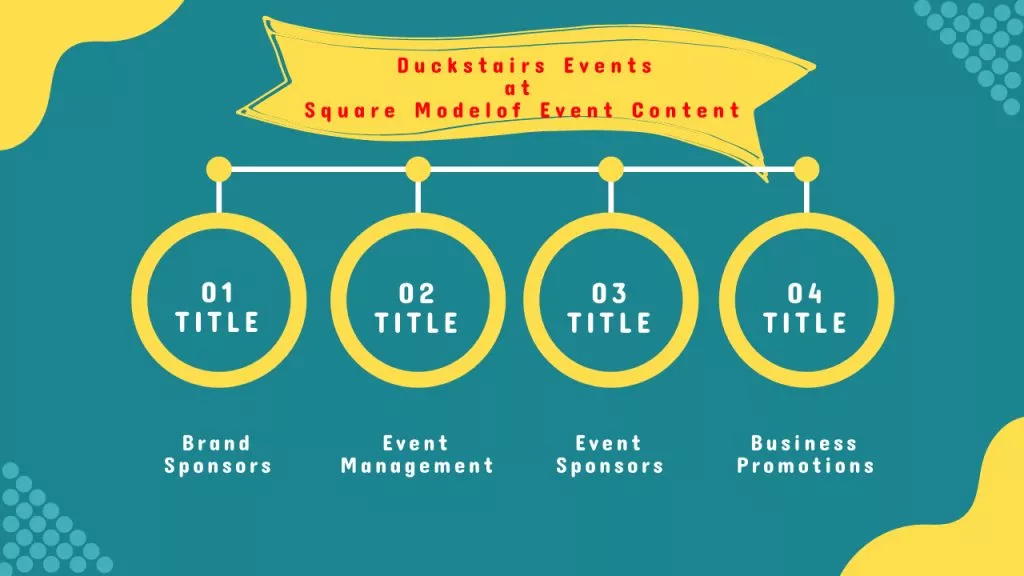
Dynamics of Content
1- Meta of Content Model.
2- Elements Of Content Model.
3- Types of Content.
4- Perspectives of Event Management
Company Content Model.
.
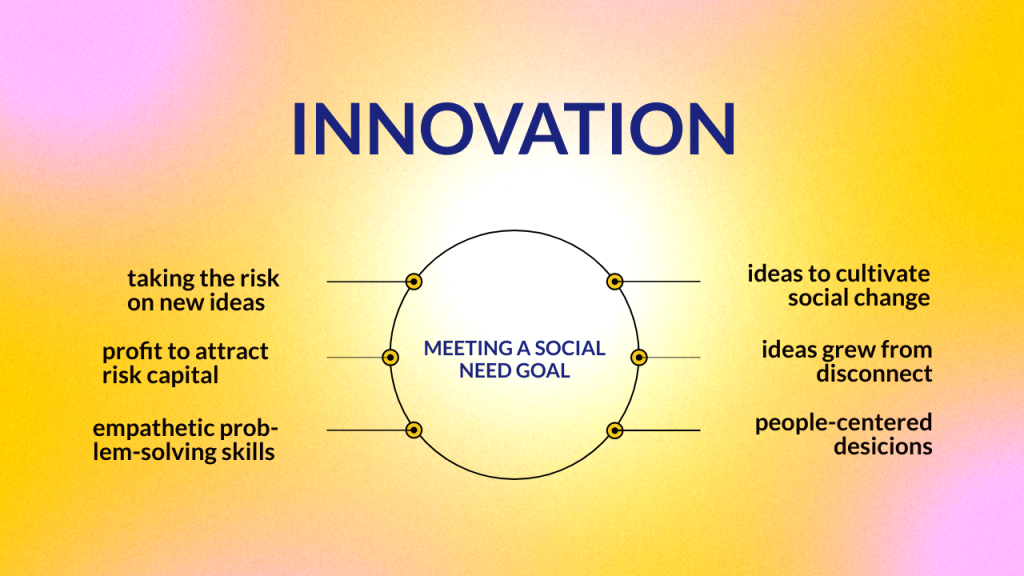
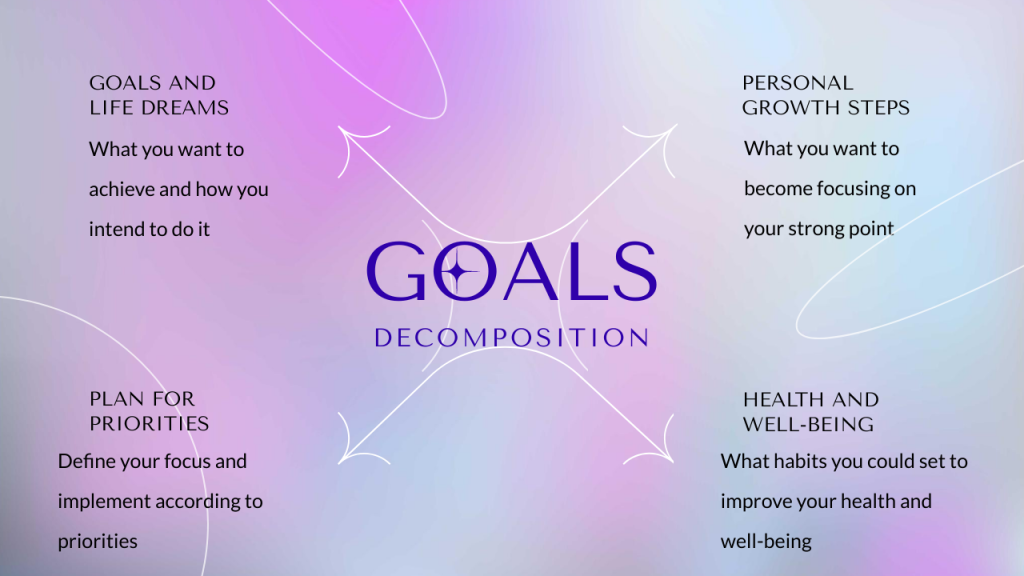
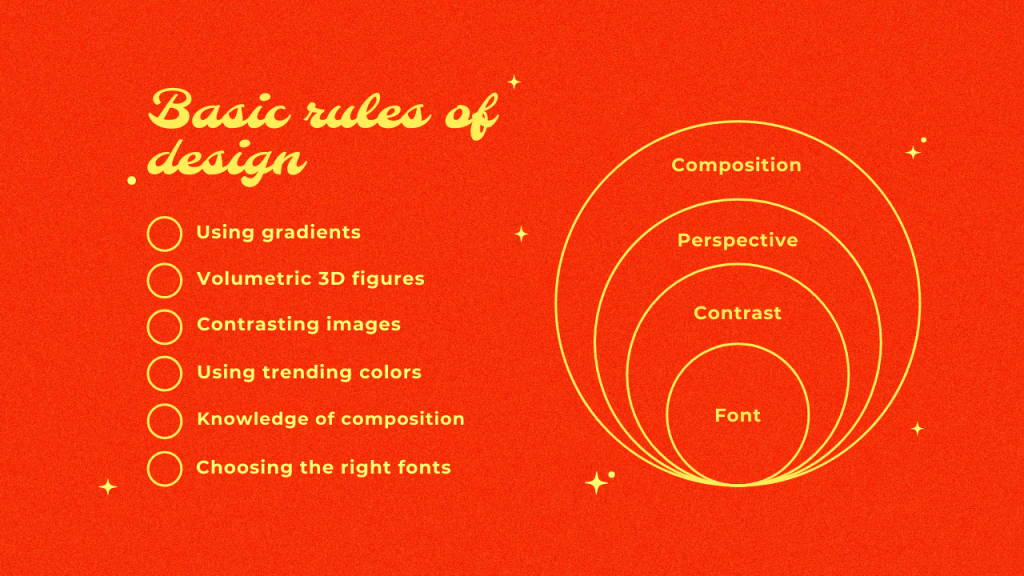
Meta of Content Model
In the context of a content model, the term “meta” typically refers to metadata — data that provides information about other data. In other words, With regards to a substance model, the expression “meta” normally alludes to metadata — information that gives data about different information, Here’s how metadata fits into a content model:
1- Content Metadata Schema:
Characterising an organised structure for catching metadata related with each piece of content. This might incorporate metadata fields, for example, title, creator, distribution date, catchphrases, classification, labels, and portrayal.
2- Content Management System (CMS) Integration/Content Administration Framework (CMS) Combination:
Incorporating metadata outline into the CMS to guarantee steady and precise metadata catch for every substance resource.
3- SEO Metadata:
Upgrading metadata for web crawlers by remembering applicable watchwords for titles, portrayals, and other metadata fields to further develop discoverability and positioning.
4- Content Tagging and Taxonomy:
Carrying out a labelling framework and scientific classification to sort and coordinate substance in light of subjects, themes, and different characteristics. This works with content revelation and route for clients.
5- Content Syndication Metadata:
Including metadata for syndicated content to provide information about its origin, rights, and terms of use when distributed across different platforms or websites.
6- Accessibility Metadata:
Consolidating metadata connected with availability principles (e.g., alt text for pictures, ARIA credits for intuitive components) to guarantee content is open to clients with incapacities.
7- Content Versioning and Revision History:
Tracking metadata related to content versioning and revision history, including information about changes, updates, and contributors.
8- Content Analytics Metadata:
Integrating metadata for tracking content performance metrics, such as page views, engagement metrics, conversion rates, and other analytics data.
9- Content Personalization Metadata:
Utilising metadata to customise content encounters in light of client inclinations, conduct, and logical data.
By integrating metadata into a substance model, associations can improve content discoverability, convenience, and viability while streamlining content administration and conveyance processes.
.
From Strategy to Execution
“Ascending Creativity: Duckstairs Content Model – Where Leemi Gooze and Tershun Koyaaz Collide!”
Elements Of Content Model
A content model typically encompasses various elements that help organise and structure content effectively. Here are some key components:
1- Content Goals/Objectives:
Obviously characterised objectives and targets for the substance, lined up with generally speaking business or advertising goals.
2- Target Audience/Main interest group:
Grasping the crowd socioeconomics, inclinations, ways of behaving, and needs to fittingly tailor content.
3- Content Types/Formats:
Recognizing various kinds of content (e.g., articles, recordings, infographics) and designs (e.g., blog entries, web-based entertainment refreshes) appropriate for the crowd and goals.
4- Content Topics/Themes:
Determining the main topics or themes that the content will cover, based on relevance, trends, and audience interests.
5- Content Calendar:
Laying out a timetable for making, distributing, and elevating content to keep up with consistency and significance.
6- Content Creation Process:
Characterising jobs, obligations, and work processes for content creation, including ideation, composing, altering, and endorsement processes.
7- Content Distribution Channels:
Choosing the most suitable channels (e.g., site, web-based entertainment, email) to disperse and advance substance in light of crowd inclinations and conduct.
8- Content Governance:
Laying out rules and principles for content quality, style, tone, voice, marking, and consistency.
9- Content Performance Metrics:
Distinguishing key execution markers (KPIs) to gauge the adequacy of content, like traffic, commitment, transformations, and return on initial capital investment.
10- Content Optimization:
Continuously monitoring and analysing content performance data to identify opportunities for improvement and optimization.
11- Content Lifecycle Management:
Overseeing content all through its lifecycle, from creation and distribution to upkeep, documented, and retirement.
12- Content Personalization:
Fitting substance encounters in view of client inclinations, conduct, and setting to upgrade importance and commitment.
By taking into account these components inside a substance model, associations can foster an essential way to deal with content creation and the executives that line up with their goals and resonate with their interest group.
About Marketing Content
“Crafting Connections, Fueling Growth: Unleash the Power of Marketing Content!”
Custom Content
"Tailored to Inspire: Elevate Your Brand with Custom Content Solutions!"
Ad Content
"Captivate. Convert. Conquer: Amplify Your Message with Ad Content Mastery!"
Response Giving Content
"Evoke, Engage, Excel: Unleash the Impact of Response-Giving Content!"
Business Growth Content
"Fuel Your Success Story: Empower Business Growth with Dynamic Content Strategies!"
Types of Content Model
Content models are systems or designs used to arrange and classify various kinds of content. Here are some common types of content models:
1- Text Content Model:
This incorporates articles, blog entries, papers, and any composed substance.
2- Image Content Model:
This includes different sorts of static pictures, like photos, representations, infographics, and images.
3- Video Content Model:
Video content incorporates any moving pictures regardless of sound, like short clasps, narratives, instructional exercises, and video blogs.
4- Audio Content Model:
This incorporates digital broadcasts, music tracks, book recordings, and some other sound accounts.
5- Interactive Content Model:
Intuitive substance connects with clients straightforwardly, for example, tests, surveys, adding machines, and games.
6- Social Media Content Model:
Virtual entertainment content incorporates posts, updates, stories, and some other substance shared via web-based entertainment stages.
7- Mixed Media Content Model:
This model joins various sorts of content into a solitary piece, like mixed media introductions or intuitive sites.
Each kind of happy model fills various needs and draws in crowds in remarkable ways. Contingent upon your objectives and interest group, you might decide to involve one or a mix of these models in your substance system.
Innovative Dynamic & Creative
Innovative Content
"Inspiration Unleashed: Forge Ahead with Innovative Content Solutions!"
Creative Content
"Unleash Your Imagination: Elevate Your Brand with Creative Content Brilliance!"
Dynamic Content
"Dynamic by Design: Propel Your Brand with Vibrant Content Solutions!"
Perspectives of Event Management
Company Content Model
Perspectives of an event management company content model may include:
1- Client-Centric Approach/Client-Driven Approach:
Zeroing in on the requirements, inclinations, and goals of clients while creating content systems and occasion ideas.
2- Creativity and Innovation/Innovativeness and Advancement:
Integrating inventive and imaginative thoughts into content creation to separate the organisation and convey paramount occasion encounters.
3- Industry Trends and Insights/Industry Patterns and Experiences:
Remaining informed about the most recent patterns, advancements, and best practices on occasion the board gives important and significant substance to clients.
4- Case Studies and Success Stories/Contextual investigations and Examples of overcoming adversity:
Exhibiting previous occasions and client examples of overcoming adversity through contextual analyses and tributes to show the organisation’s skill and history.
5- Event Planning Guides and Resources/Occasion Arranging Guides and Assets:
Offering common sense aides, agendas, and assets to help clients plan and execute effective occasions, showing thought administration in the business.
6- Visual Content and Multimedia:
Using outwardly engaging substance organisations like recordings, infographics, and vivid encounters to connect with and rouse clients.
7- Community Engagement:
Building a local area of clients, accomplices, and industry experts through web-based entertainment, discussions, and occasions to encourage systems administration, coordinated effort, and information sharing.
8- Sustainability and CSR Initiatives/Manageability and CSR Drives:
Featuring the organisation’s obligation to manageability and corporate social obligation through happy and advanced eco-accommodating practices and local area association.
9- Event Promotion and Marketing/Occasion Advancement and Showcasing:
Creating content procedures to successfully advance occasions through different channels, including virtual entertainment, email showcasing, and internet publicising.
10- Feedback and Improvement/Input and Improvement:
Requesting input from clients and participants to consistently work on satisfied and occasion encounters, guaranteeing continuous importance and fulfilment.
By taking into account these points of view in an occasion the executives organisation’s substance model, the organisation can actually connect with clients, feature aptitude, and drive progress in the dynamic and cutthroat occasion industry.
Meta of Content
“Unlocking the Essence: Explore the Meta of Content for Deeper Engagement!”

1
- 1-Branding Content:
- Branding content encompasses the strategic creation and dissemination of materials designed to shape and define a brand's identity, values, and personality. It goes beyond mere advertising to establish a meaningful connection with the target audience, fostering brand loyalty and recognition. This content often includes elements such as brand storytelling, visual assets, messaging consistency across various platforms, and the cultivation of a distinct brand voice.
2
2- Discovery Content:
- Discovery content refers to materials created with the intent of piquing interest, sparking curiosity, and guiding audiences towards new ideas, experiences, or products. It serves as a gateway for individuals to explore topics they may not have encountered before or to delve deeper into subjects they're already interested in. Discovery content can take various forms, such as articles, videos, podcasts, or social media posts, and often aims to educate, entertain, or inspire the audience.
3
3- Digital Experience Content
- Digital experience content encompasses the creation and curation of interactive and immersive materials designed to engage users across various digital platforms. It aims to provide audiences with meaningful and enjoyable interactions that enhance their online experiences. This type of content goes beyond traditional static content by incorporating elements such as interactivity, personalization, multimedia, and user-generated contributions.
4
4-Marketing Content:
- Marketing content is a strategic creation and distribution of materials aimed at promoting products, services, or brands to target audiences. It encompasses a wide range of formats, including written, visual, audio, and multimedia content, tailored to various platforms such as websites, social media, email, print, and more. The primary goal of marketing content is to attract, engage, and convert potential customers by delivering valuable information, entertainment, or solutions to their needs or problems.
About Duckstairs Content Model, Leemi Gooz Tershun Koyaaz,Innovative Dynamic & Creative.
Amazing results of this content model, and marketing campaign gets a complete direction and success through this model application.
Mike Widelton,
Marry Real Estate
Scope Germony
Amazing results of this content model, and marketing campaign gets a complete direction and success through this model application. Results of Leemi Gooz Tershun Koyaaz Model is Extraordinary, content model prevail and practical application of digital/global human world.
Duckstairs Content Model, Leemi Gooz Tershun Koyaaz,Innovative Dynamic & Creative.
Andrew Jammes
Meta, Canada
Reviews About Duckstairs Content Model, Leemi Gooz Tershun Koyaaz.
Duckstairs Organisation is Applying “
Duckstairs Content Model, Leemi Gooz Tershun Koyaaz,Innovative Dynamic & Creative”